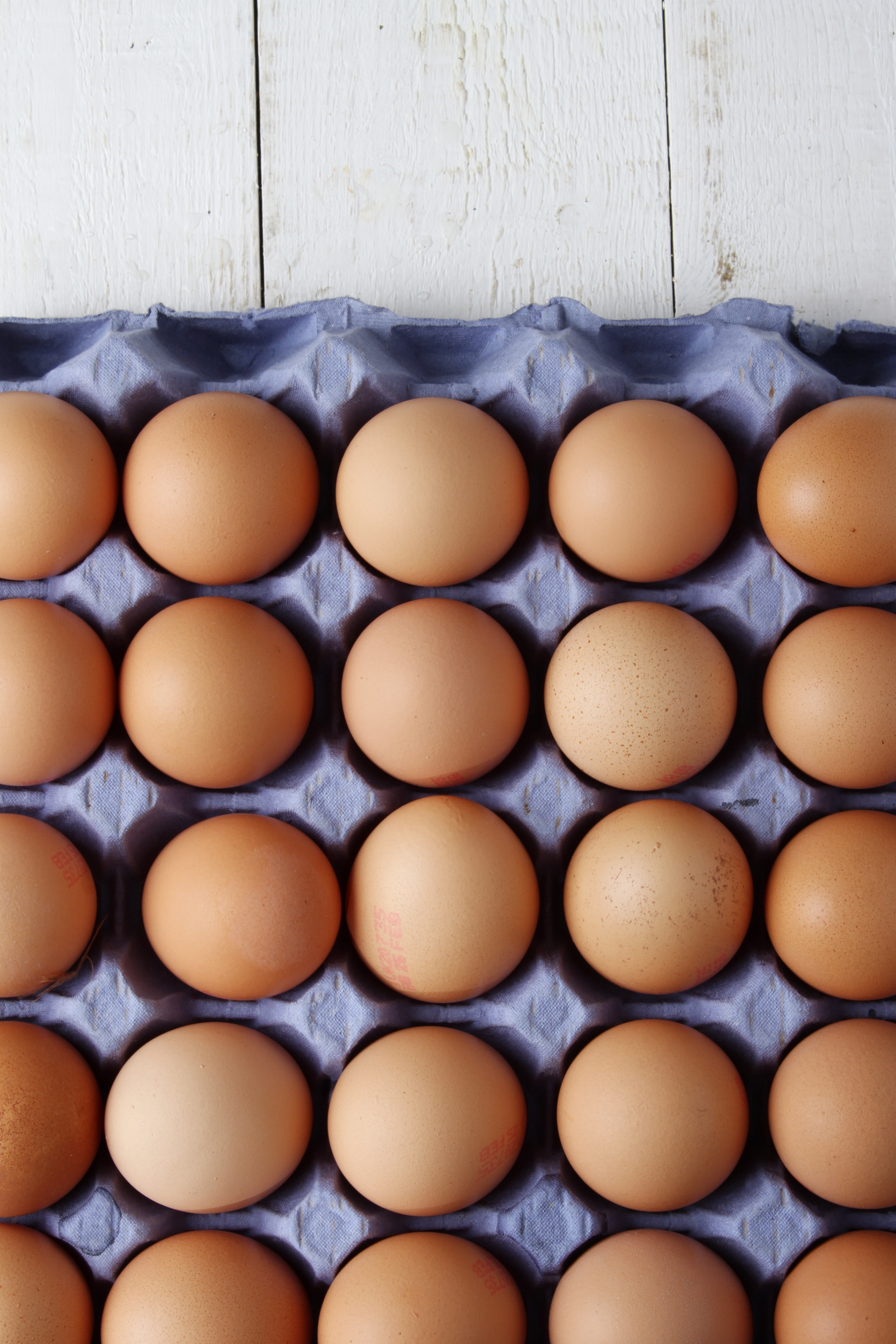Do you want to keep your hens in egg production through the winter months?? Then you have to trick them into thinking they still have long days and short nights rather than the reverse.
The laying hen's reproductive tract works off something we call a “photoperiod” or more simply said the ability of the hen to react to a light stimulation. That is why wild birds nest and lay eggs in the spring during increasing daylight. In order for a hen that is already laying eggs to keep laying eggs during a naturally decreasing day length, we must provide an artificial stimulation of increased day length to trick her into thinking it is still summer and spring.
Poultry need a minimum day length of 14 hours light in order to continue regular ovulation and egg production activity. Our day lengths in Nebraska typically become less than 14 hours by mid-September. So often we see our laying hens backing off their rate of egg production as we go through the fall months and approach winter.
The simple solution to this problem is to contain your hens in a coop after dusk and offer artificial lighting up to approximately 10:00 pm each evening. The artificial light provided does not have to be intense, a small wattage lamp should be adequate if you can see well enough to do chores.
The light needs to come on at dusk. If the hens are exposed to more than one hour of dark, they think it is really night-time and will not think they need to produce an egg for the next day. So through most of the fall and winter, if the sun is up by 8:00 AM and your birds are exposed to adequate natural day length, adding artificial light to 10:00 pm each day will give your hens a 14 hour photoperiod. That should be enough light stimulation to keep their reproductive activities going.
The hens are also going to need some protection from the cold and adequate food intake to keep laying eggs through the winter months. If the hen has to use all of her food sources to keep warm, she’ll not be inclined to spend valuable calories on egg production. So if your hens are free range and out in the cold, be sure to increase their feeding rate to provide energy for both body heat production and egg production.
